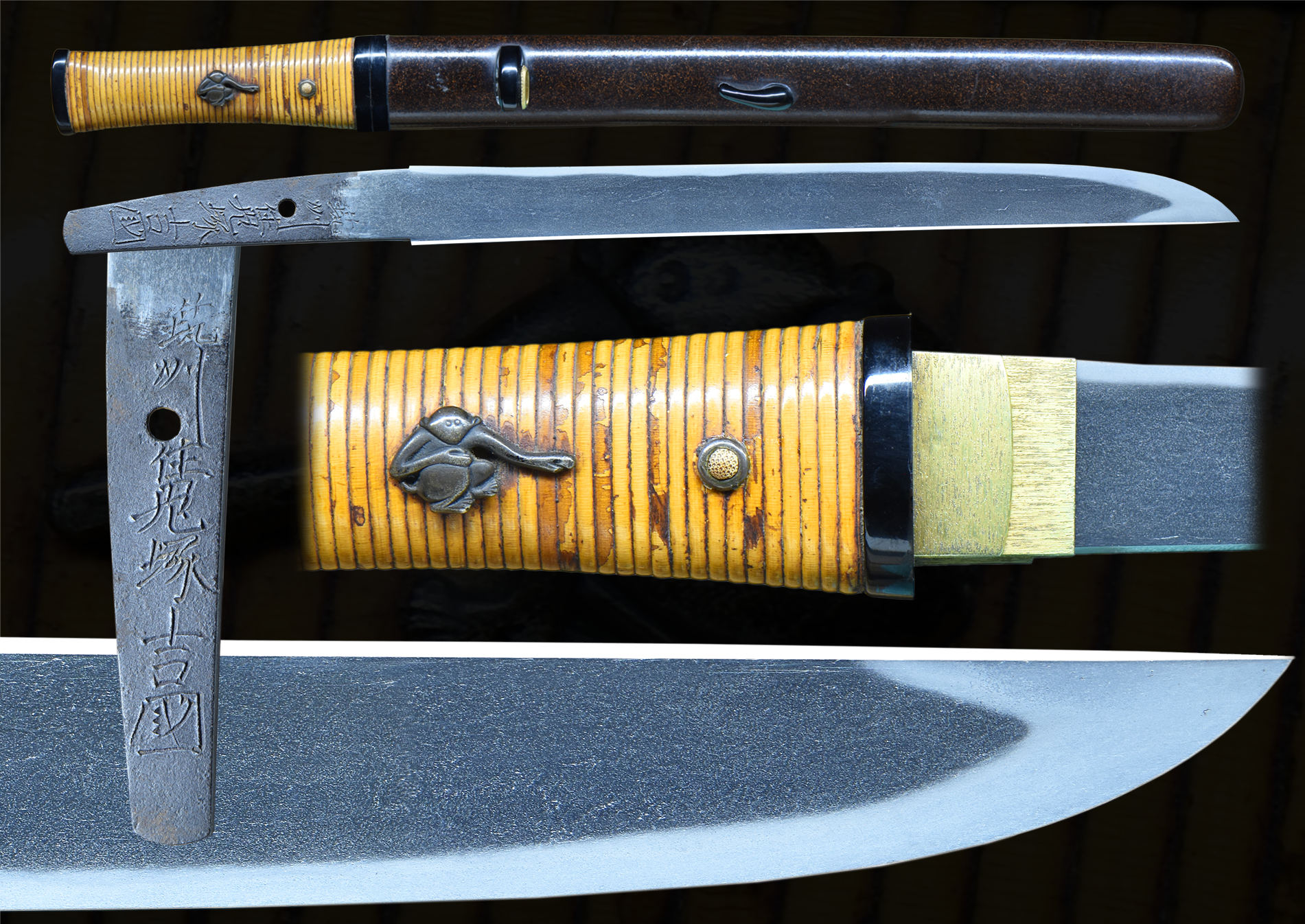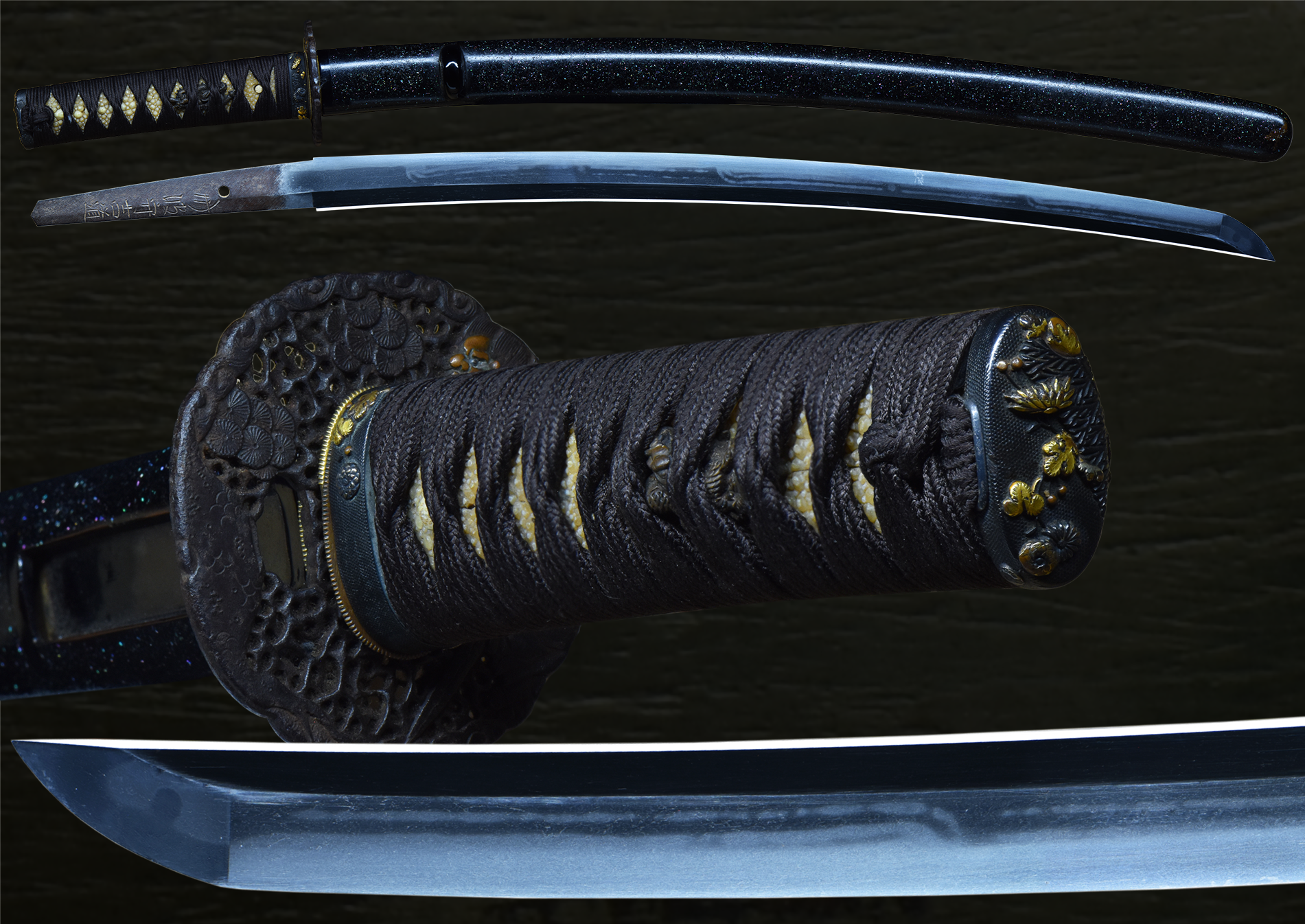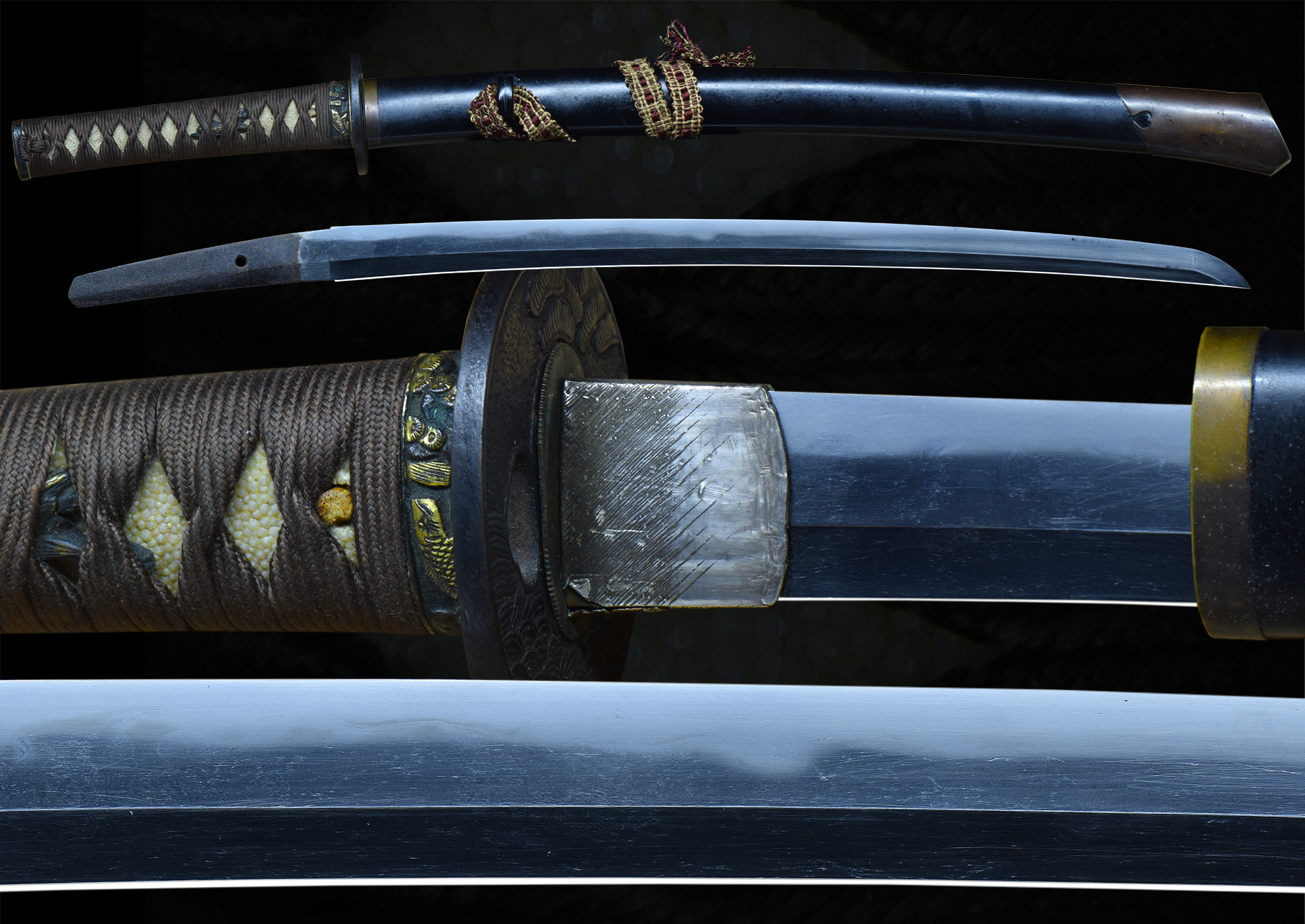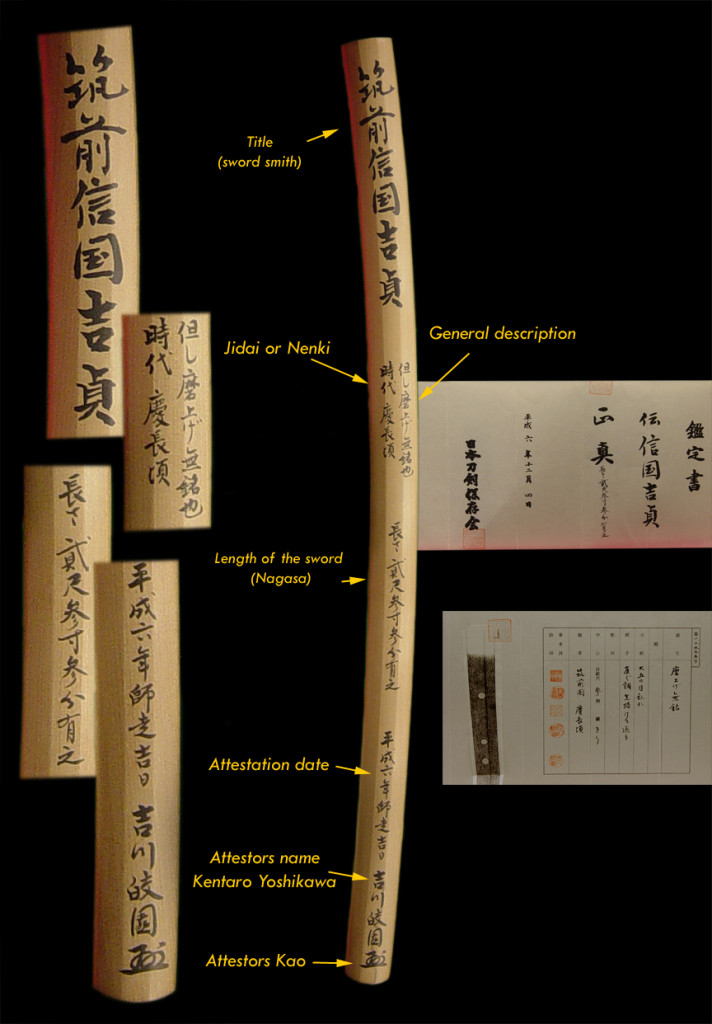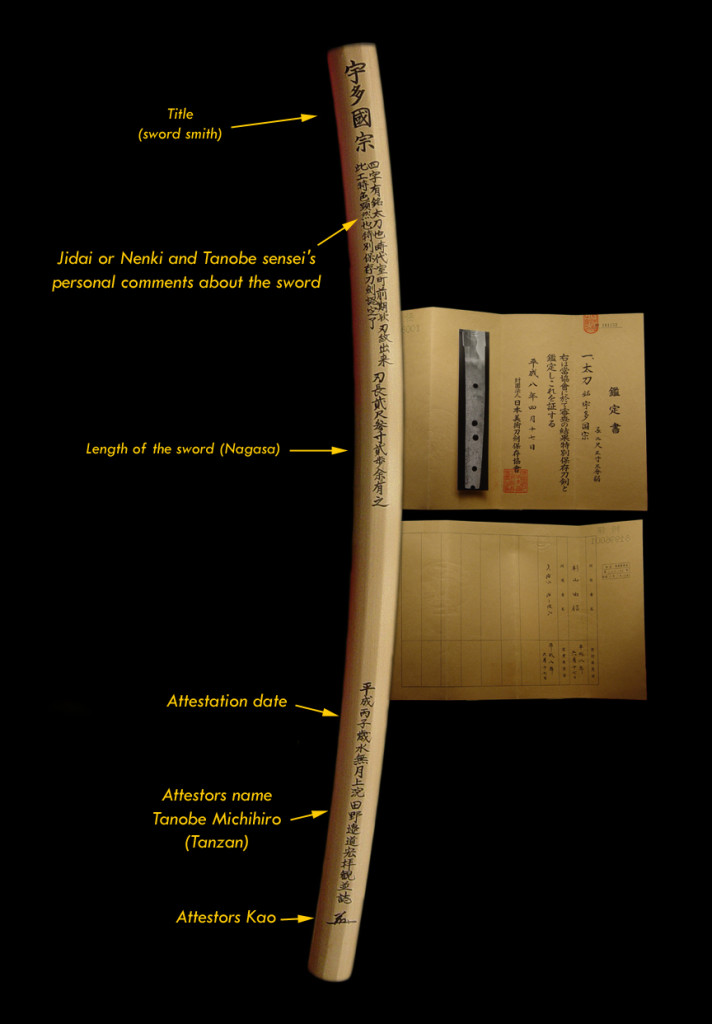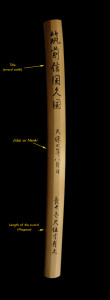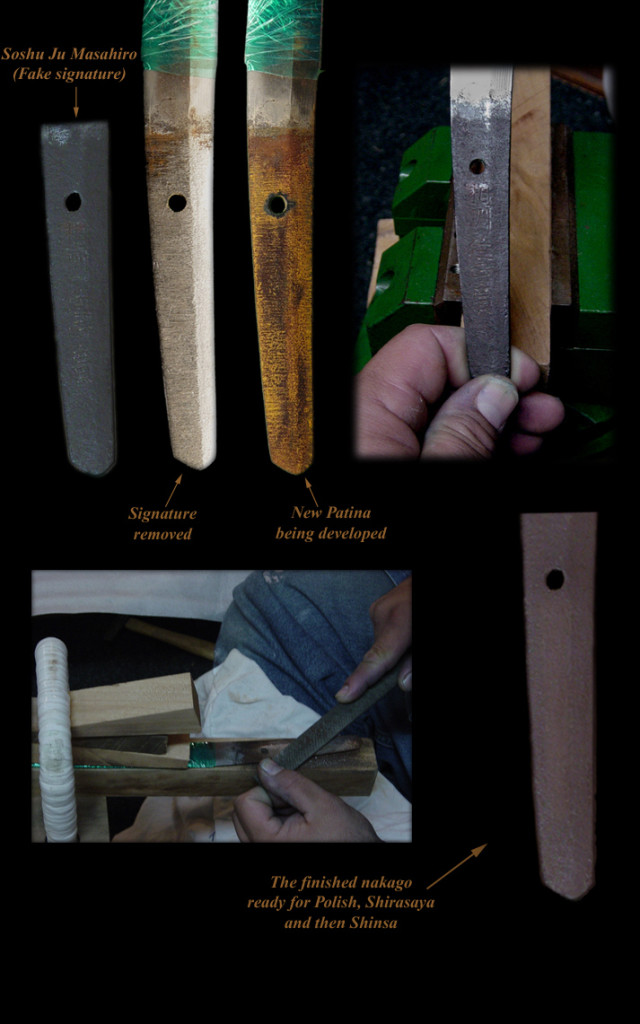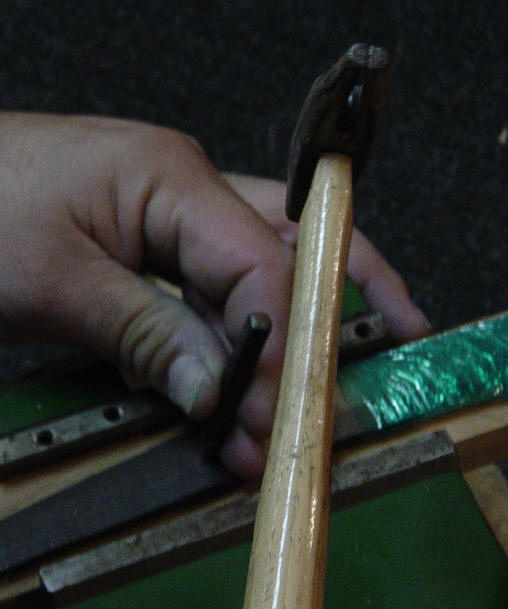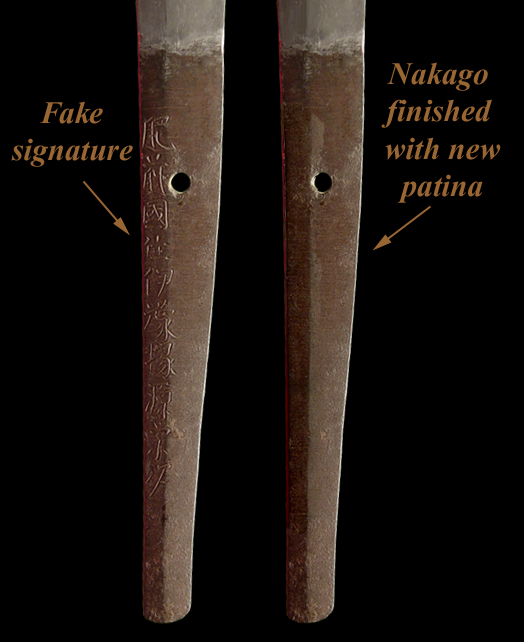Japanese Art Sword Restoration
Take a look at some of these sections below on polishing and related subjects. I hope that you will find it as interesting as I do and will add more to your understanding about the Japanese sword.
Most of the photographs are from my work shop in New York and some maybe from my trips to Japan. This section is for a collector and not intended for a person wishing to restore swords without the proper training. I absolutely do not give out information to untrained people looking to polish swords. “Please no emails asking me for advise on how to polish your own sword”.
Many swords have been destroyed in this country by people trying to restore a sword without the proper training. As the saying goes “don’t try this at home”. You may own a very valuable sword that in the wrong hands can be ruined.
Sayagaki is done primarily for identification. If you have many swords in shirasaya, it will be easier to find a particular sword if the Shirasaya has a Sayagaki on it.
Sayagaki is a very nice thing to have done to your Shirasaya after the sword has been polished and has gone thru Shinsa. Here are some examples of Sayagaki. The first is done by Kentaro Yoshikawa and the second one is done by Michihiro Tanobe. The last one is a Sayagaki done for identification purpose by my calligrapher.
Yoshikawa Sensei Sayagaki
To remove a signature is not something to be taken lightly. A sword should be completely researched and even submitted to a shinsa before removing a signature from a sword. I will not remove a signature just by the request of a client, more info will generally be needed before I do this type of work.
This is not my favorite way of removing a signature but is commonly done by smiths in Japan. The signature is basically filed off and then a layer of rust is developed on the Nakago. I feel that this method removes too much material from the Nakago but again is common to see done in Japan.
I removed this signature by pushing the metal together with a special hammer chisel technique. Afterwards the patina is restored and as you can see by the picture only a small amount of the nakago is worked on. This is a much more difficult and time consuming way of doing but the end result is much less noticeable.
For Sale
